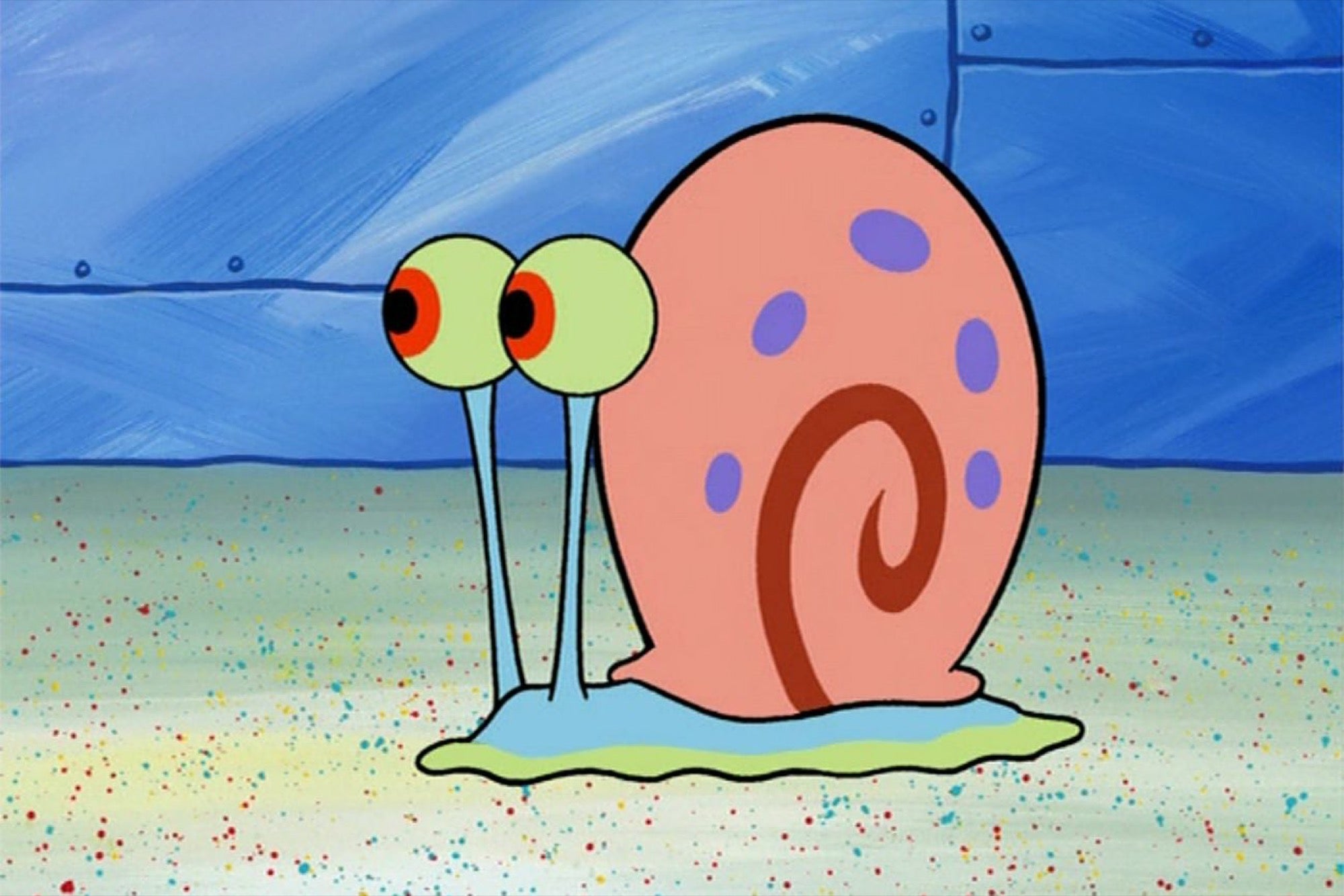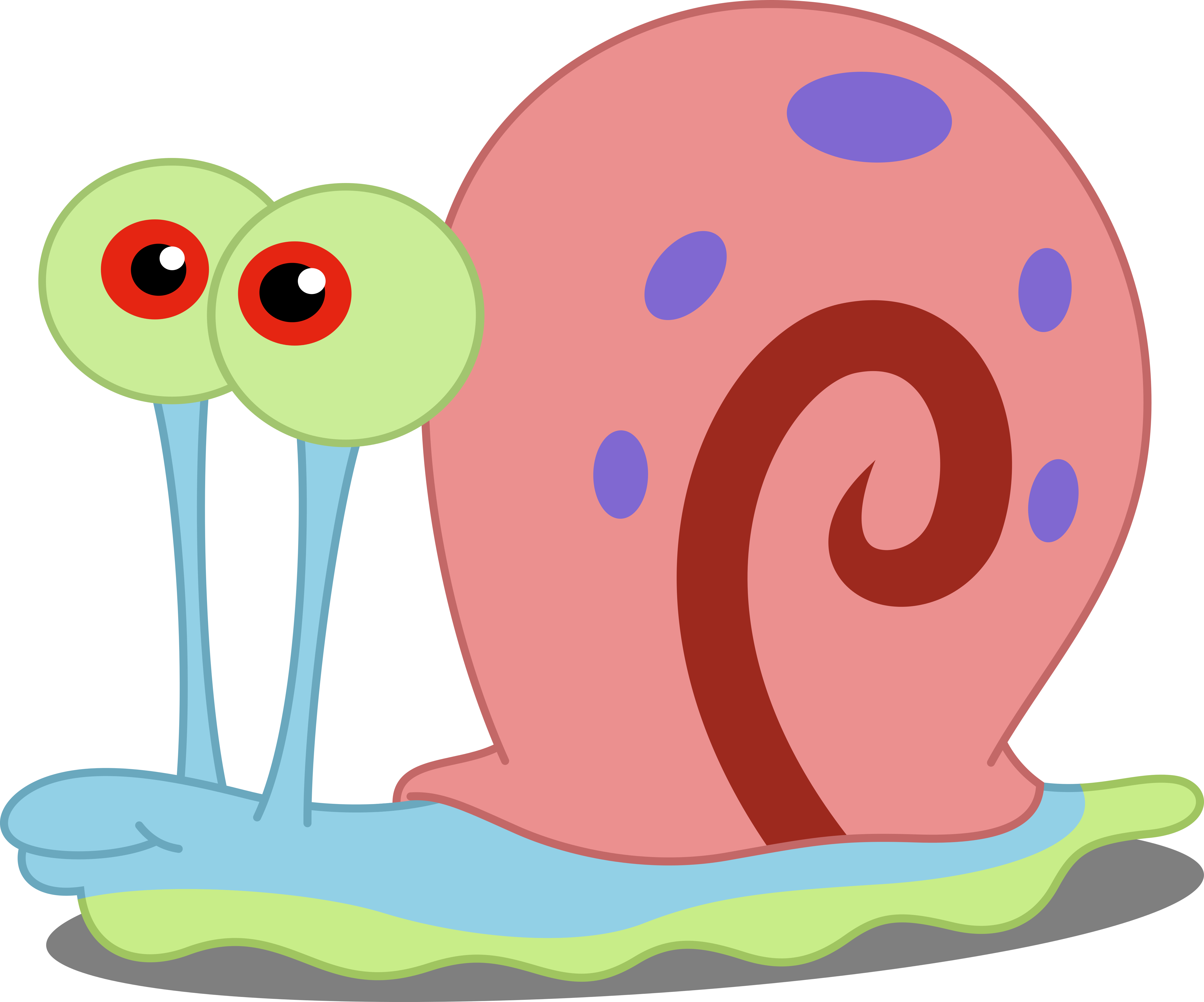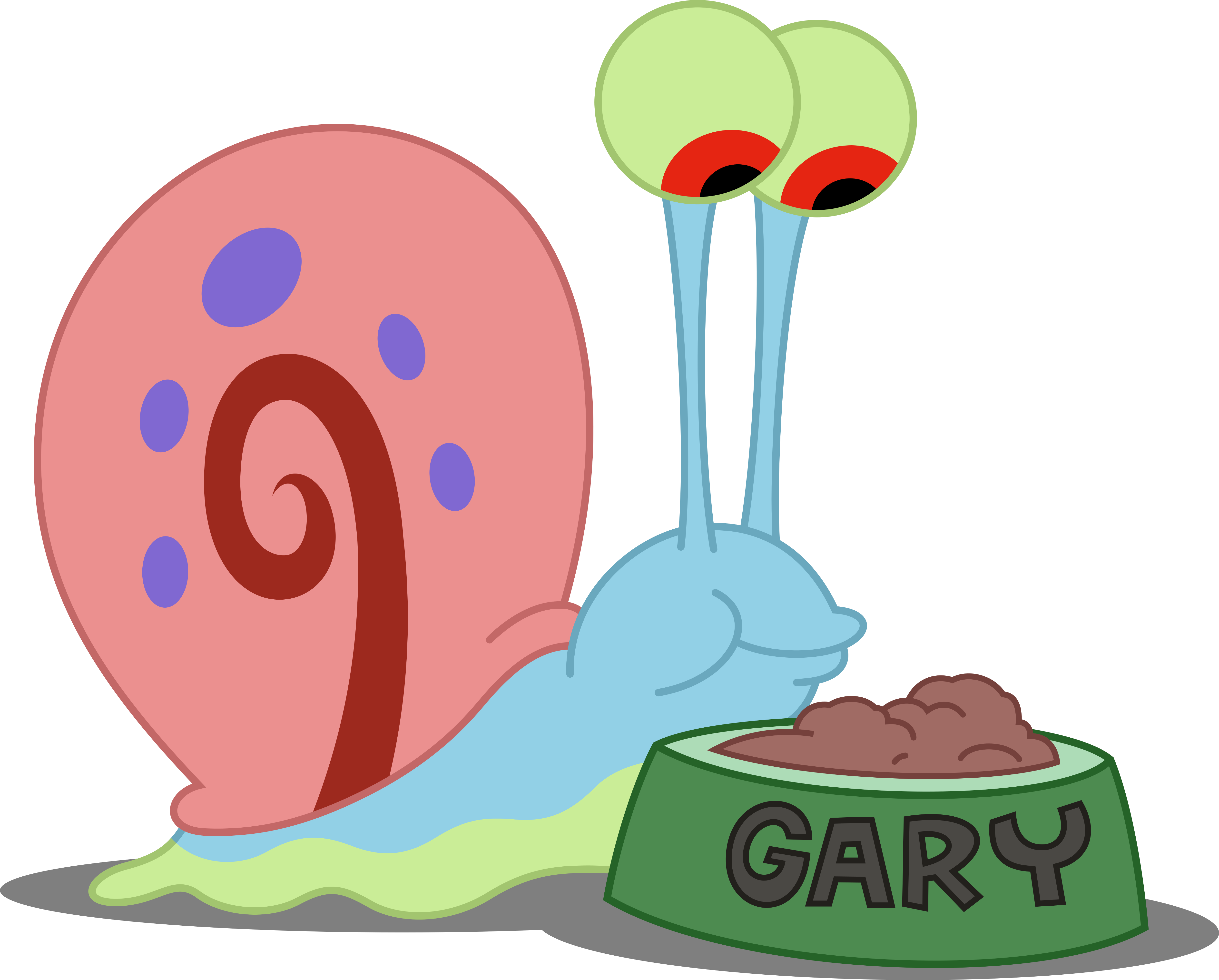Step into a dark and mesmerizing world, where the very essence of a timeless legend was reshaped by a truly remarkable acting performance. You know, when we think about iconic film roles, some just stick with you, apparently, long after the credits roll. One such portrayal that truly stands out and, in some respects, continues to haunt our collective imagination is Gary Oldman's unforgettable take on Count Dracula in Francis Ford Coppola's 1992 gothic horror film. It's almost as if his performance breathed a fresh, deeply human yet terrifying life into the centuries-old vampire myth.
This film, aptly titled *Bram Stoker's Dracula*, isn't just another vampire story; it's a passionately seductive and visually stunning adaptation of the classic novel. Coppola, a master storyteller, gathered a stellar group of actors, including Winona Ryder, Anthony Hopkins, and Keanu Reeves, to bring this grand vision to the screen. But, arguably, it was Oldman who truly anchored the entire experience, delivering a performance that many consider definitive.
For centuries, the character of Dracula has fascinated audiences, representing both ultimate evil and a tragic, lonely figure. Gary Oldman, quite frankly, brought a layered depth to the count that was, very, very rare. He showed us a creature pining for his lost love, a soul determined to reunite with his Mina, regardless of the centuries that had passed. This approach to the character, honestly, made the monster feel more relatable, more tragic, and, in a way, even more frightening.
- Jason Beghe Net Worth
- Niecy Nash Net Worth
- Blue Face Net Worth
- Anderson Paak Net Worth
- Kayleigh Mcenany Salary Net Worth
Table of Contents
- Who Is Gary Oldman?
- The Allure of Dracula: A Timeless Character
- Francis Ford Coppola's Vision: Bringing Dracula to Life
- Gary Oldman's Transformation: Becoming the Count
- The Many Faces of Dracula: Oldman's Portrayal
- A Lonely Soul: Dracula's Quest for Lost Love
- Iconic Scenes and Lasting Impressions
- The Legacy of Oldman's Dracula
- People Also Ask About Gary Oldman as Dracula
- A Lasting Bite on the Imagination
Who Is Gary Oldman?
Gary Leonard Oldman is an English actor, a filmmaker, and, in some respects, a musician too. He has built a reputation for his incredible ability to transform into vastly different characters, often disappearing completely into the roles he takes on. This chameleon-like talent has earned him widespread critical praise throughout his career, which is, you know, pretty impressive.
He's known for a diverse range of parts, from the intense Sid Vicious in *Sid and Nancy* to the kind-hearted Commissioner James Gordon in Christopher Nolan's *Dark Knight* trilogy. His performances often carry a raw intensity and a deep emotional resonance, which, honestly, makes him a captivating presence on screen. That, is that, his dedication to his craft is quite evident in every role he undertakes, making him a true master of his art.
Personal Details & Bio Data
| Full Name | Gary Leonard Oldman |
| Nationality | English |
| Occupation | Actor, Filmmaker, Musician |
| Notable Roles (Selected) | Count Dracula (Bram Stoker's Dracula), Commissioner James Gordon (The Dark Knight Trilogy), Sirius Black (Harry Potter series), Winston Churchill (Darkest Hour) |
The Allure of Dracula: A Timeless Character
The figure of Count Dracula has, for centuries, been a cornerstone of horror literature and film. Bram Stoker's original novel, published in 1897, really, truly cemented the vampire as a compelling, fearsome, and, in a way, even seductive entity. Before Oldman's portrayal, many actors had taken on the cape, each adding their own spin to the blood-drinking nobleman. From Max Schreck's unsettling Orlok to Bela Lugosi's iconic, dignified portrayal, the character has always been a canvas for artistic interpretation, and stuff.
- Danielle Fishel Net Worth
- Laura Dern Net Worth
- Sia Net Worth
- Mary Kate Olsen Net Worth
- Net Worth James Hetfield
What makes Dracula so enduring, you might ask? Well, it's probably his mix of supernatural power, ancient wisdom, and, basically, a tragic loneliness. He's a creature of immense strength, but also, in a way, a prisoner of his own immortality and desires. This duality, you know, makes him incredibly interesting to watch, offering a lot for an actor to explore, which is, obviously, why the role appeals to so many.
The story of a centuries-old vampire coming to England, seeking new life and, perhaps, an escape from his solitary existence, has always held a powerful grip on the imagination. It touches on themes of life and death, love and loss, and the eternal struggle between good and evil. This rich tapestry of ideas, pretty much, ensures Dracula's place in popular culture for a very long time, and so on.
Francis Ford Coppola's Vision: Bringing Dracula to Life
Francis Ford Coppola, the director behind *Bram Stoker's Dracula*, had a very specific and, honestly, quite ambitious vision for this film. He wanted to return to the source material, the eponymous 1897 novel, and create an adaptation that truly captured its gothic romance and terrifying spirit. The film, which was produced and directed by Coppola himself, was written by James V. Hart, who based his script closely on Stoker's original work. This commitment to the novel, in some respects, set it apart from previous adaptations.
Coppola's approach was to make the film visually stunning and, basically, passionately seductive, as the text describes. He utilized a lot of in-camera effects and practical artistry, rather than relying heavily on digital effects, which was, you know, a bold choice for the time. This gave the movie a timeless, almost theatrical quality, really making it feel like a grand, sweeping epic. The sets, the costumes, the lighting – everything was crafted to immerse the audience in Dracula's dark world, and stuff.
The director assembled a truly remarkable cast to bring his vision to life. Besides Gary Oldman, the film featured Winona Ryder as Mina Murray, Anthony Hopkins as Professor Van Helsing, and Keanu Reeves as Jonathan Harker. This ensemble, basically, brought a lot of weight and talent to the project, helping to create a memorable cinematic experience. Coppola's direction, honestly, ensured that every performance was finely tuned, contributing to the film's overall impact, you know.
Gary Oldman's Transformation: Becoming the Count
It's interesting to note that Gary Oldman, apparently, never had aspirations to play Count Dracula. Yet, Francis Ford Coppola's adaptation of the vampire tale truly reeled him in. This willingness to take on a role he hadn't initially considered speaks volumes about the compelling nature of Coppola's vision and the script itself. Oldman's decision to join the project, in a way, became a pivotal moment for the film's success, really.
Oldman's portrayal of Dracula is celebrated for its incredible physical and vocal transformations. He appears in various forms throughout the movie, from a decrepit, ancient lord to a younger, more seductive nobleman, and even a monstrous bat-like creature. Each iteration, basically, required a different approach to movement, voice, and facial expression. Oldman, you know, committed fully to these changes, making each version of the Count feel distinct yet connected, which is, honestly, quite a feat.
The actor's dedication to the role was, in some respects, legendary. He spent hours in makeup, enduring elaborate prosthetics and costumes to achieve the different looks of the character. His voice work, too, was particularly notable, shifting from a deep, guttural growl to a more refined, almost melodic tone depending on Dracula's age and mood. This commitment to every detail, really, helped to create a truly immersive and believable character, making it a performance that, you know, sticks with you.
The Many Faces of Dracula: Oldman's Portrayal
One of the most captivating aspects of Gary Oldman's performance as Dracula is his ability to portray the character across centuries and through multiple physical forms. He doesn't just play one version of the vampire; he embodies the full spectrum of Dracula's existence. This layered approach, honestly, gave the audience a deeper insight into the Count's long, complicated life, and stuff.
We first meet him as an ancient, withered lord, almost a ghost of his former self, living in a desolate castle. This initial appearance is, you know, unsettling and frail, hinting at the immense age and suffering he has endured. Oldman's movements here are slow and deliberate, his voice raspy and ancient, really conveying the weight of centuries upon him. It's a powerful introduction, establishing the character's profound antiquity, and so on.
As the story progresses and Dracula travels to London, he takes on a younger, more alluring form. This version of the Count is sophisticated, charming, and, basically, dangerously seductive. Oldman shifts his posture, his voice becomes smoother, and his eyes convey a burning intensity. This transformation, you know, highlights Dracula's ability to adapt and ensnare his victims, making him a truly formidable and complex antagonist, which is, obviously, a key part of the character.
Then, there are the more monstrous manifestations, like the wolf-man or the bat-like creature. Even in these less human guises, Oldman's presence and the essence of Dracula's personality shine through. He manages to maintain a connection to the character's core motivations, even when hidden beneath layers of makeup and special effects. This versatility, frankly, is a testament to his incredible acting range, making his portrayal, in a way, truly remarkable.
A Lonely Soul: Dracula's Quest for Lost Love
At the very heart of *Bram Stoker's Dracula*, as portrayed by Gary Oldman, is a story of profound, enduring loneliness and a desperate quest for lost love. The film makes it clear that Count Dracula has been pining for centuries over his lost bride, Elisabetha. This central motivation, you know, gives his character a tragic dimension that goes beyond simple villainy, making him, in some respects, a sympathetic figure despite his horrific actions.
The narrative tells us that Dracula believes his lost love has been reincarnated as Mina Murray, his solicitor Jonathan Harker's fiancée. This belief, basically, fuels his journey from his ancient castle to bustling London. He travels to find her, driven by an almost unbearable yearning to reunite with the woman he lost so long ago. Oldman conveys this deep yearning with an intensity that, honestly, is quite palpable, making you feel the weight of his centuries-long wait, and stuff.
When Count Dracula sees a photograph of Reeves’ fiancée, Mina Murray, Oldman’s eyes convey a mixture of shock, recognition, and desperate hope. This moment, frankly, is a turning point, setting in motion the events of the film. His pursuit of Mina isn't just about bloodlust; it's about reclaiming a piece of his shattered past, a love that, you know, transcends time and death. This emotional core, really, makes Oldman's Dracula a character you can't easily forget, making his motivations, in a way, very clear.
This focus on Dracula's lonely soul and his pining for lost love adds a significant layer of complexity to the character. It allows Oldman to explore themes of eternal grief, obsession, and the lengths one might go to for a love that spans lifetimes. It's this human element, basically, that makes his portrayal so compelling and, in a way, so much more than just a monster. You can learn more about vampire lore and its evolution on our site, and delve into the fascinating history of gothic horror films.
Iconic Scenes and Lasting Impressions
Gary Oldman's performance as Dracula is filled with moments that have, honestly, become truly iconic in cinema history. Each scene he inhabits is, in some respects, charged with a powerful presence, whether it's through his subtle expressions or grand, theatrical gestures. These moments, you know, contribute significantly to the film's lasting impact and its place in popular culture, which is, obviously, quite remarkable.
One particularly memorable scene involves Dracula's arrival in London, disguised as a dapper, young gentleman. Oldman's suave demeanor and piercing gaze, basically, capture the essence of a predator blending seamlessly into society. His interactions with Mina during this period are filled with a strange, compelling charm, making it clear why she might be drawn to him, despite the danger. This part of his performance, honestly, showcases his ability to be both terrifying and alluring at the same time, and stuff.
Another powerful sequence involves Dracula's transformation into various creatures, particularly the wolf-like beast. Oldman's physicality in these moments, even beneath heavy prosthetics, conveys the raw, untamed nature of the vampire. The sheer intensity of his movements and sounds, you know, makes these transformations genuinely unsettling. It's a stark contrast to his more human forms, really highlighting the dual nature of the character.
Then there are the more intimate, emotionally charged scenes where Dracula confronts his eternal loneliness or expresses his longing for Mina. Oldman's ability to convey profound sadness and desperate hope, even through his character's monstrous acts, is truly remarkable. These scenes, in a way, give the audience a glimpse into the tormented soul beneath the fangs, making his performance, basically, unforgettable.
The Legacy of Oldman's Dracula
The legacy of Gary Oldman’s Dracula extends, apparently, far beyond the screen. His portrayal has, in some respects, significantly impacted how audiences perceive the vampire mythos, pushing the character beyond simple villainy into a realm of complex tragedy and dark romance. Before Oldman, Dracula was often seen as a one-dimensional monster; after him, the character gained a new depth, which is, you know, quite a change.
Understanding the actor’s perspective, and the commitment he brought to the role, helps us appreciate the lasting influence of this film. Oldman didn't just play a vampire; he embodied the very essence of a cursed, immortal being grappling with love, loss, and the weight of centuries. This humanized approach, basically, made Dracula more relatable, even as he committed heinous acts, making his character, in a way, more compelling, and stuff.
The film itself, *Bram Stoker's Dracula*, is often cited as one of the most faithful and artistically ambitious adaptations of the novel. Coppola's visual style, combined with Oldman's powerful performance, created a cinematic experience that continues to resonate with viewers today. It remains a benchmark for gothic horror and a testament to the enduring appeal of the vampire legend, really.
Oldman's Dracula has influenced subsequent vampire portrayals in film and television, inspiring actors and filmmakers to explore the character's emotional complexity. His work showed that a monster could also be a tragic figure, capable of deep emotion and profound suffering. This interpretation, honestly, opened up new possibilities for how vampires could be depicted, cementing his place in the pantheon of iconic horror performances, which is, obviously, a big deal.
People Also Ask About Gary Oldman as Dracula
Here are some common questions people often have about Gary Oldman's memorable performance:
1. What did Gary Oldman say about playing Dracula?
Gary Oldman, apparently, never had aspirations to play Count Dracula, but Francis Ford Coppola's adaptation of the vampire tale truly reeled him in. He approached the role with great dedication, focusing on the character's deep loneliness and centuries-long pining for his lost love, Mina. He also committed fully to the physical and vocal transformations required for the different ages of Dracula.
2. How did Gary Oldman prepare for Dracula?
Oldman's preparation for Dracula involved extensive work on his physical presence and voice, adapting them for the various ages and forms of the Count. He spent long hours in makeup for the elaborate prosthetics and costumes. His dedication ensured that each version of Dracula felt distinct yet connected, really showing his commitment to the role.
3. What is the main plot of Bram Stoker's Dracula with Gary Oldman?
The main plot of *Bram Stoker's Dracula* centers on the centuries-old vampire Count Dracula (Gary Oldman) who comes to England. He is pining for centuries over his lost love, Elisabetha, and believes she's been reincarnated as his solicitor's fiancée, Mina Murray. Dracula travels to London to find her, setting off a dramatic and often terrifying chain of events as he pursues Mina and confronts those who seek to stop him.
A Lasting Bite on the Imagination
Gary Oldman's portrayal of Dracula is, honestly, more than just an acting performance; it's a deep exploration of a character who has fascinated us for generations. He brought a rare blend of terror, tragedy, and, in a way, even a strange allure to the Count, making him unforgettable. The film itself, directed by Francis Ford Coppola, remains a visually stunning and passionately seductive version of the classic legend, and stuff.
From his initial reluctance to take on the part to his ultimate, transformative performance, Oldman truly made the role his own. His dedication to showing Dracula as a lonely soul, determined to reunite with his lost love, Mina, resonates deeply with audiences. This interpretation, you know, continues to impact how we see the vampire mythos, ensuring that Gary Oldman as Dracula will be remembered for a very long time. If you haven't seen it, perhaps, consider watching it to experience this powerful performance for yourself.
Related Resources:



Detail Author:
- Name : Lelah Doyle
- Username : corkery.elsa
- Email : lang.hildegard@schumm.com
- Birthdate : 2001-01-25
- Address : 274 Rodriguez Dale New Arjun, TN 12627
- Phone : 1-930-831-9515
- Company : Brown, Legros and Huels
- Job : Maintenance Equipment Operator
- Bio : Perspiciatis ea dolores aut placeat quod magnam. Temporibus aliquid aperiam excepturi rerum id nostrum.
Socials
twitter:
- url : https://twitter.com/nikolas5484
- username : nikolas5484
- bio : Voluptas itaque quis ea numquam qui numquam sit. Et quo recusandae modi qui dignissimos et libero et. Quisquam ut rerum saepe et veniam atque.
- followers : 1981
- following : 2406
linkedin:
- url : https://linkedin.com/in/funk1991
- username : funk1991
- bio : Ut debitis magni possimus tempore nam nemo.
- followers : 5906
- following : 1028
facebook:
- url : https://facebook.com/nikolas_funk
- username : nikolas_funk
- bio : Animi molestias et et corrupti. Nihil explicabo laudantium qui et qui.
- followers : 6554
- following : 309